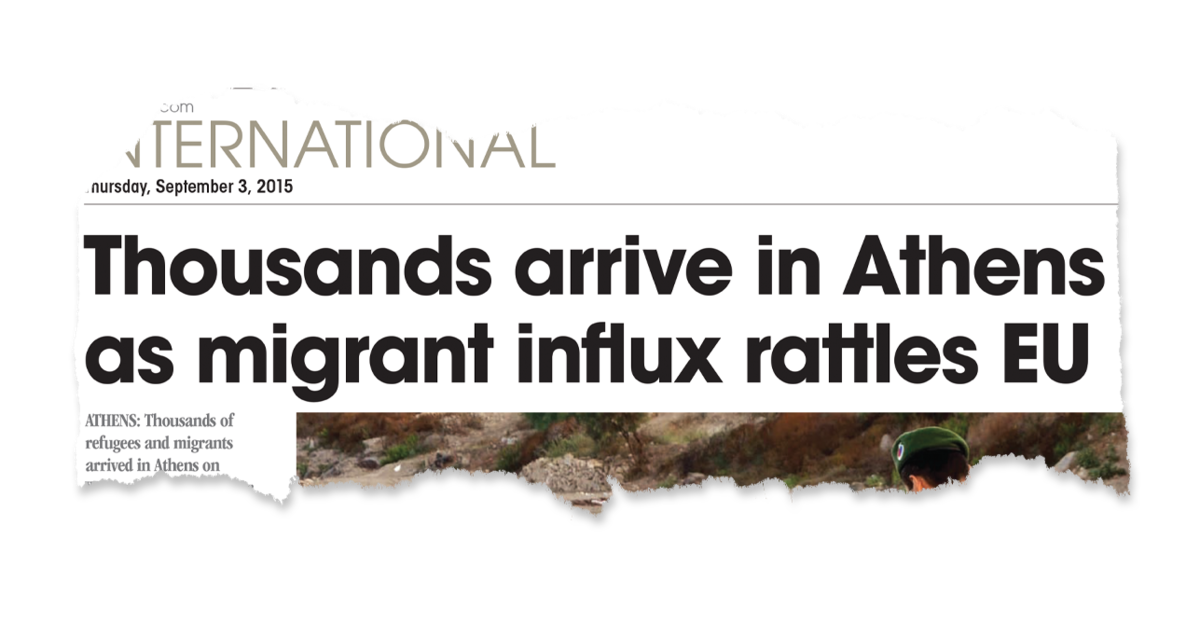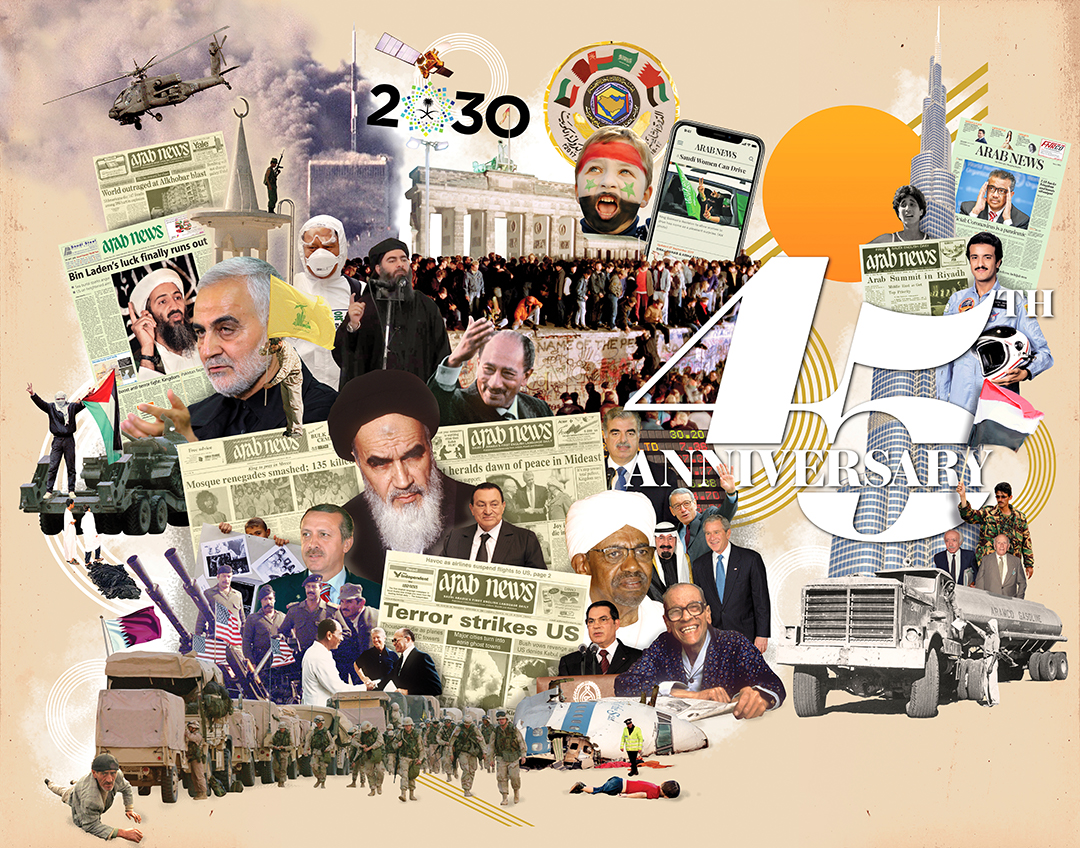Images of the boy lying lifeless on a Turkish beach drew attention to refugees’ plight
Summary
In the early hours of Sept. 2, 2015, Abdullah Kurdi and his family boarded a small boat on the Turkish coast in hopes of reaching the Greek island of Kos. But it capsized about five minutes after departing from Bodrum.
Three-year-old Aylan Kurdi, together with his older brother and his mother, died from drowning. The Kurdi family were Syrian Kurds trying to reach Europe amid the refugee crisis of 2015. Their ancestral town Kobani was devastated by battles between Kurdish fighters and Daesh, which had set up a proto-state spanning the Syria-Iraq border.
The images of Aylan’s lifeless body lying face down on a Turkish beach riveted the world’s attention on a burgeoning refugee crisis, illustrating the magnitude of the suffering, the lives destroyed, and the treacherous journeys people risked. That moment moved millions of hearts and caused a major change in European public perception of the unfolding humanitarian disaster. Germany alone agreed to take in an additional 50,000 refugees.
But the policy shift did not last. Since the peak of refugee crossings in 2015, another 10,000 have drowned in the absence of safe and legal ways to cross the Mediterranean Sea, according to the UN.
More than nine years after a popular uprising erupted in Syria against the regime of President Bashar Assad, a tense calm prevails in much of the country. But in 2015, a civil war was in full swing, entire cities were being razed to the ground, and Daesh had set up a proto-state spanning the Syria-Iraq border. Syrians displaced by the fighting tried in droves to embark for Europe in rickety vessels that plied the Mediterranean Sea. Thousands did not succeed.
The desperation and despondency that defined the period was captured for all eternity by images of a dead 3-year-old Syrian-Kurdish boy, Aylan Kurdi, lying face down on a beach in Turkey. The photos, taken by a Turkish journalist, quickly spread around the globe, shocking the world’s conscience and raising international awareness of the refugee crisis like no other event since the start of the war.
The Kurdi family’s tragedy struck such a powerful chord among both ordinary people and public intellectuals of Europe that the EU decided to loosen its borders, if only temporarily, to Syrian refugees. It later transpired that when their struggle for everyday survival as refugees in Turkey became too difficult, Aylan’s father Abdullah Kurdi and his family of five decided to make the precarious journey to what they believed was Europe’s safety.
Their ultimate destination was Canada, where they hoped to join their relatives in Vancouver. Tima Kurdi, an aunt of Aylan, had reportedly filed for refugee sponsorship for her extended family members under the Canadian immigration system.
Key Dates
-
1Months after a political revolt begins in Syria, a refugee crisis erupts and grows into one of the biggest humanitarian emergencies of the 21st century.

-
2A European refugee crisis develops, with at least 300 migrants believed to have drowned after four inflatable boats sink off the coast of Libya.

-
3Three-year-old Aylan Kurdi drowns as the boat that was carrying him and his family members toward Greece capsizes off the coast of Turkey.

-
4His father and aunt establish the Kurdi Foundation to raise funds for nutritious meals, clothing and medicine for children in refugee camps.

-
5A regime offensive in Idlib province in northwest Syria sends yet another wave of refugees from Turkey toward Europe, resulting in the drowning of a 4-year-old boy off the coast of Greece.

In the early hours of Sept. 2, the Kurdi family, whose roots were in the town of Kobani, boarded a small inflatable boat operated by human smugglers, which capsized about five minutes after departing from the Turkish city of Bodrum.
More than a dozen people had filled a vessel designed to fit eight, in the hope that they could make it to the Greek island of Kos in the Aegean Sea. Abdullah later said those on board had no functioning life vests or any way of protecting themselves.
Syrian refugees and other asylum-seekers continue to board unsafe boats and undertake the perilous journey across the Mediterranean toward Europe.
Emina Osmandzikovic
The trip across the Mediterranean had cost the lives of hundreds of migrants and refugees since the outbreak of wars in Syria and Iraq. But it was the death of Aylan that became at once a symbol of the conflicts and the European refugee crisis of 2015.
The Kurdish family’s tragedy resonated with me as a Bosnian on a deeply personal level. Forced to go into exile during the 1992-1995 Bosnian war, my own family members found themselves scattered across the globe and left with no option but to re-establish ourselves from scratch.

A page from the Arab News archive showing the news on Sept. 3, 2015.
In a testament to the power of a few pictures, Aylan’s images moved millions of hearts, sparked a burst of hashtag activism and caused a major, if brief, change in European public perception of the refugee crisis. In the immediate aftermath of the tragedy, Abdullah was flown home and provided with a police escort and a place to stay. Tima, herself a refugee, was invited to speak at the UN and the EU.
European news media experienced a shift in the language it used to describe the crisis, with the word “refugee” gaining precedence over “migrant.” Germany agreed to take in an additional 50,000 refugees, despite already being the largest refugee host country in Europe. But the policy shift did not last. As the refugee crisis intensified, many southern and eastern European nations closed their borders to Syrians.
Syrian refugees and other asylum-seekers continue to board overloaded, unsafe boats and undertake the perilous journey across the Mediterranean toward Europe. In total, the year 2015 witnessed more than 1 million arrivals and at least 3,500 deaths at sea. Since then, another 10,000 have drowned in the absence of safe and legal ways to cross the Mediterranean, according to the UN.

“The present surge in Europe is largely Syrians leaving their war-torn country, and in Europe the slanging match has reached an unfortunate high, with some countries blaming Russia for encouraging the Syrian conflict and being responsible for the flow of homeless humanity.”
Bikram Vohra in Arab News, Sept. 3, 2015
A political controversy erupted in Canada soon after Aylan’s drowning, when news broke that the country’s Department of Citizenship and Immigration had rejected Tima’s sponsorship request for a brother of Abdullah because it was deemed incomplete.
In 2018, she published a book about Aylan titled “The Boy on the Beach: My Family’s Escape from Syria and Our Hope for a New Home.” She wrote: “Everyone promised to do more, but the good will was short-lived.”
Tima and her brother now run the Kurdi Foundation, which works to deliver aid to children in refugee camps. In February 2019, Abdullah was invited to rename a German rescue ship “Alan Kurdi” in Palma de Mallorca in the Spanish Balearic Islands.
But in hindsight, the world has learned little from the Kurdi family tragedy. In February, during a new refugee wave by land and sea from Turkey, the first victim was another child, a 4-year-old-boy who drowned when a boat capsized off the coast of the Greek island of Lesbos.
- Emina Osmandzikovic, whose family was forced into exile during the 1992-1995 Bosnian war, writes about refugee issues for Arab News. Twitter: @eminaosmnandzik














